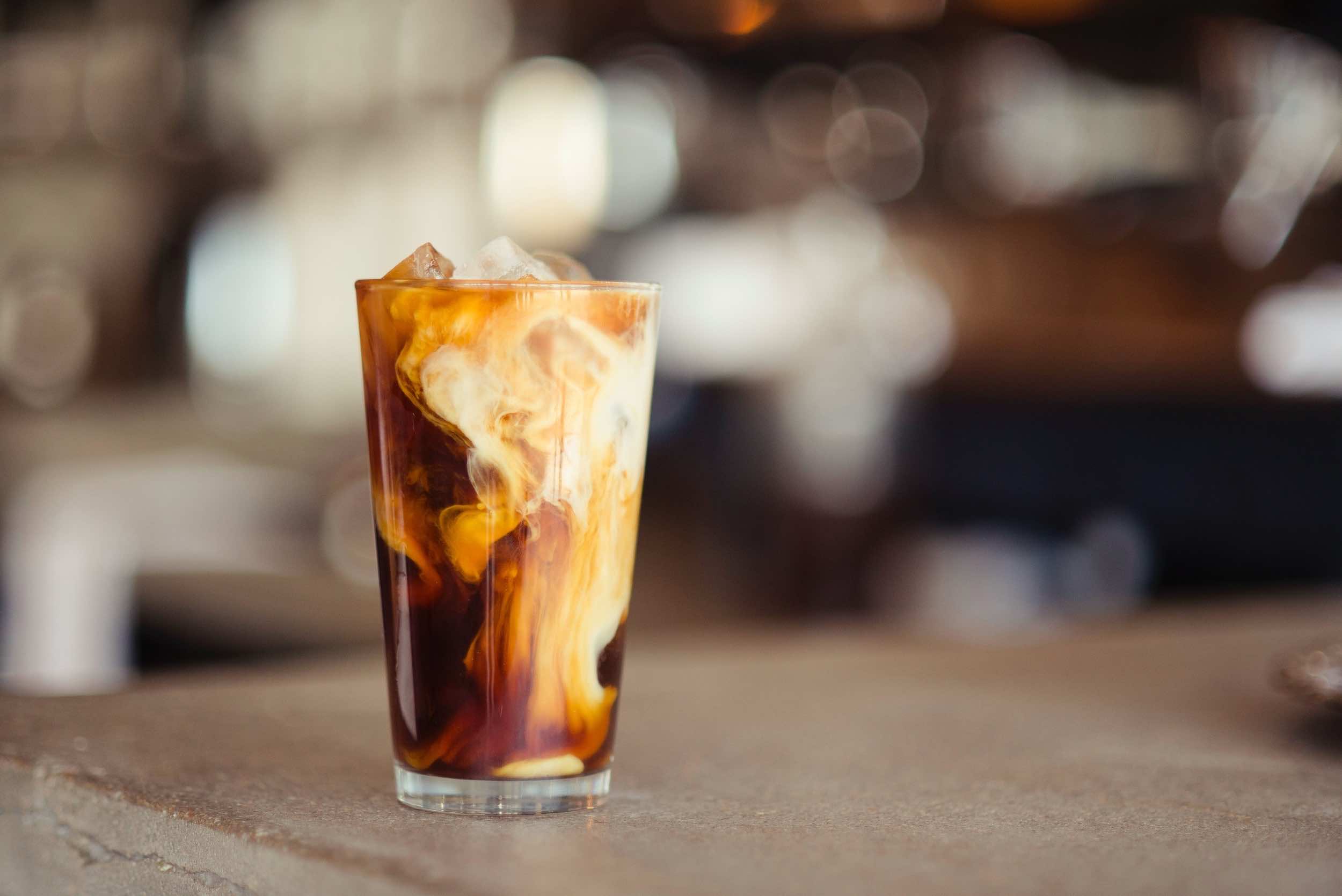Only a few years ago, getting a “cold coffee” was either a reason to complain to the manager or it was “Iced coffee,” which was hot coffee poured over ice. How much things have changed!
Cold Brew is Growing Faster!
Cold Brew Coffee is made with coffee grounds steeped in water for hours but kept cold the whole time and served cold to the consumer. About eight years ago, cold brew became a revolution for the RTD (ready-to-drink) business. Americans preferred the rich flavor profile, which helped bring in high-end roasters to the space. It also created a premium price opportunity for producers and retailers.
Coffee shops helped to drive awareness and encourage the popularity of cold brew, which made an even greater opportunity for prepackaged cold brew for grocery and convenience stores.
Iced Is Still King
The growth of cold brew coffee orders has been significantly outpacing the growth of iced coffee orders. But the biggest part of the market for RTD coffee is still iced coffee.
The major players in the market, including Coke and Pepsi, have focused on iced coffee in a small variety of profiles.
According to Pippa Collins, who works as associate director of commercial development at Coca-Cola Europe, the ready-to-drink coffee market in March was up nearly 40% in value to $280 million.
Yet the segment is still way off its full potential, which is a considerable part of why brands such as Westrock are banking their future on it. “RTD coffee only accounts for 2% of soft drinks sales, but 7% of the value growth,” Pippa told The Grocer.
She explains that the market can be divided into three different segments: low, medium, and high intensity. The defining factors are the level of the caffeine, the coffee flavour, and the sweetness. For example, a low-intensity drink will have less caffeine and less sugar than a high-intensity drink. “Low caffeine intensity is attractive to younger adults,” Pippa says. *
National Coffee Association found in a recent survey that 18-24-year-olds were the biggest demographic of RTD coffee drinkers, with 62% saying they had consumed RTD coffee within the last day.
Competition is Heated…
Many companies have joined the race to leverage this demand. Company names that are now familiar in the space include Nguyen Coffee Supply, Rise Brewing, and Jot.
Pepsi has partnered with Starbucks to claim its share of the market as well as expand into adjacent products. They include a full “energy drink” portfolio targeted at different types of consumers, including Starbucks’ Double Shot and Triple Shot.
Java Monster has introduced cold brew into its energy drink offerings as a way to attract more traditional coffee drinkers to the brand. It introduced nitro-infused Java Monster Cold Brew last year and Sweet Black and Latte drinks in the last year.
Other brands have introduced other brewing methods into the space, like Verve flash-brewed RTDs. They have stretched the category to include “beanies” coffees like Atomo and Minus Coffee. **
One brand is working to grow outside of the traditional retail space for RTD coffees. Pop & Bottle has a new product line that sells at Walmart. They are organic, shelf-stable coffee “super concentrates” that offer 16 servings per eight-ounce glass. Their concentrate doesn’t have to be refrigerated, so it can sit in the coffee aisle instead of in a refrigerator.
** bevnet.com


Recent Comments